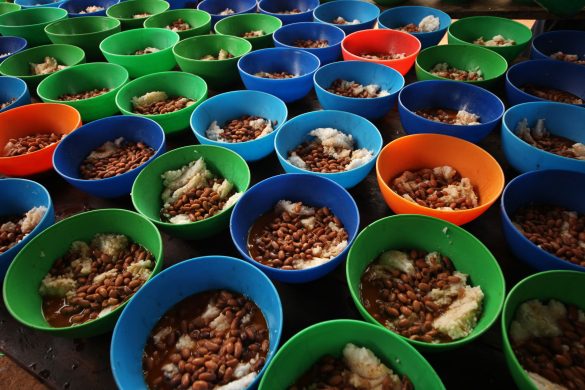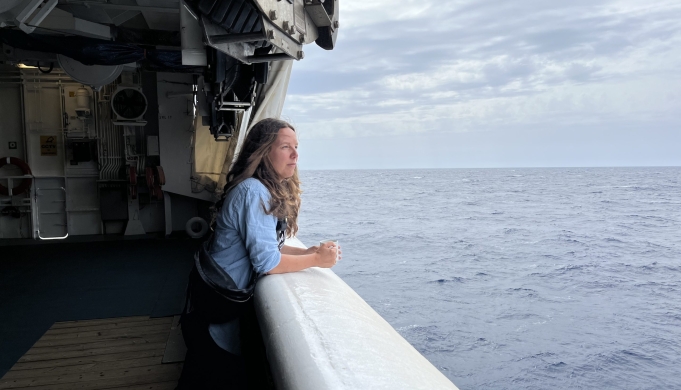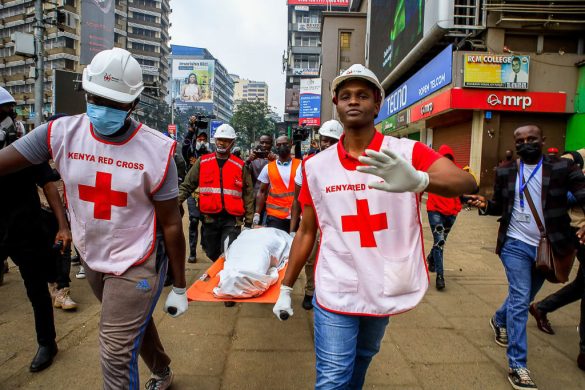Træers evne til at lagre kulstof gør dem vigtige i kampen mod globale temperaturstigninger, men hvem ejer egentlig træernes kulstof? Organisation frygter, at jagten på skoves gavnlige klimaeffekter vil føre til omfattende fordrivelser af skovfolk.
Det skriver Rights and Resources Initiative onsdag.
WASHINGTON, 19 March 2014: New research finds very few legal protections and safeguards for Indigenous Peoples and local communities as the United Nations and the World Bank continue preparations to leverage “carbon markets” as a tool to halt deforestation.
A survey of 23 low and middle income countries in Latin America, Asia, and Africa, covering 66 percent of the developing world’s forests, found no laws governing how Indigenous Peoples and local communities could profit from the carbon in the forests in which they live and depend on for their livelihoods.
“As the carbon in living trees becomes another marketable commodity, the deck is loaded against forest peoples, and presents an opening for an unprecedented carbon grab by governments and investors” said Arvind Khare.
He is Executive Director of the Rights and Resources Initiative (RRI), which conducted the research with the Ateneo School of Government in Manila, the Philippines.
“Every other natural resource investment on the international stage has disenfranchised Indigenous Peoples and local communities, but we were hoping REDD would deliver a different outcome. Their rights to their forests may be few and far between, but their rights to the carbon in the forests are non-existent,” noted he.
Missing national legal framework
The research was released at an international dialogue with participants from multilateral institutions, governments, civil society and the private sector.
It found that only Mexico and Guatemala have passed national legislation defining tenure rights over carbon, and that none of the 23 countries examined had the necessary national legal framework establishing rules and institutions determining how carbon from REDD+ should be traded.
One country, Bolivia, passed a law explicitly (udtrykkeligt) prohibiting the commodification of ecosystems services, therefore closing off the possibility of local peoples’ participation in carbon markets.
The review of these countries identified six draft national level laws that establish carbon rights and/or a consistent regulatory framework for their trade, but none had been finalized yet.
At the dialogue, RRI, in partnership with 13 other organizations, released a map of the Pacific Basin Region, a corridor that starts in the Panama Canal, runs through western Colombia and Ecuador, and ends in northern Peru (all REDD+ countries).
The basin encompasses one of the most biodiverse forests in the world, and in 41 percent of this region—12 million hectares—the lands of Indigenous Peoples and local communities have been overrun with projects involving natural resource extraction as well as massive infrastructure construction. The deforestation that resulted has not yet been calculated.
“It is clear that ownership rights and governance are still deeply contested over tangible resources, such as land, forest products, and the minerals under them”, said Alexandre Corriveau-Bourque, Tenure Analyst for RRI and a lead researcher on this analysis.
“Adding a new layer—especially one as abstract as carbon—without clearly defined rights and established institutions to safeguard against abuses, drastically increases the risks for communities,” added he.
“If communities are going to be included in and benefit from this effort to preserve the last remaining tropical forests, their rights to land, forest, and carbon need to be defined and protected.”
2008 REDD+ Potential Left Unanswered
Since the inception of REDD in 2008, organizations have advocated that secure local land rights are critical to the program’s success; extensive research confirms that local communities sustainably manage their land and resources when they have greater ownership and control.
Yet REDD’s potential to boost local land rights has not been seen so far. The amount of forest land secured for community ownership since the program’s launch in 2008 is less than 20 percent of the area secured in the previous six years.
In many regions of the world, the national governments claim ownership rights over their forest land as well as the wealth contained by its lumber and soil regardless of who lives there.
For example, in the countries of the Congo basin—which collectively contain the world’s second largest rainforest—as well as in peninsular Southeast Asia, governments claim legal control of more than 99 percent of their forest land.
And in Indonesia, a year-old constitutional court ruling that handed control of the forests from the national government to the customary communities still has yet to be implemented.














